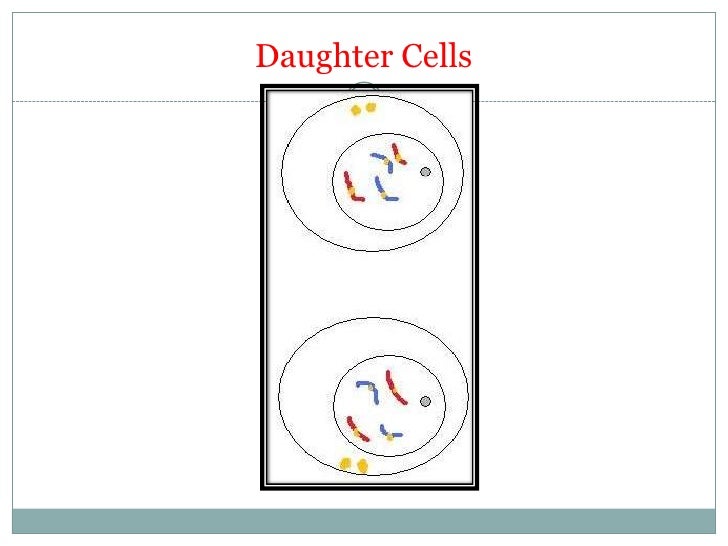

found that a gene known as ‘fizzy-related’ helps to control how the organ repairs damage. However, adult flies repair the same injuries using hypertrophy.Ĭohen et al. Using the technique to study injuries to part of the gut that remains the same throughout a fly's life revealed that fly larvae repair this damage by creating new cells. The technique uses genetic engineering to create an injury in a specific tissue in fruit flies, while also altering the activity of other genes that might affect how the tissue responds to the injury.

have now developed a technique to investigate which method of repair a damaged organ uses. Instead, some organs make their remaining cells bigger – a process known as hypertrophy – to fill the space created by the injury.Ĭohen et al. But not all organs make new cells to repair damage. To make new cells, existing cells in the organ divide. How does an injured organ replace cells that have died as a result of the damage? Making new cells might seem like the best option, because this would restore the organ to how it looked before the injury. developmental states and reveal a tissue-protective role of endocycles. Our data reveal distinct cell cycle programming in response to similar stimuli in mature vs. However, in response to sustained growth signaling, only endocycles preserve epithelial architecture. After injury, both cycles accurately restore tissue mass and genome content. By developing a novel genetic method, DEMISE (Dual-Expression-Method-for-Induced-Site-specific-Eradication), we show the cell cycle regulator Fizzy-related dictates the decision between mitosis and endocycles.

Using an acute injury model, we identify mitosis as the response in larval pyloric cells, whereas endocycles occur in adult pyloric cells. Here, we uncover a programmed switch between cell cycles in the Drosophila hindgut pylorus.

In these organs, the regulation and distinct roles of different cell cycles remains unclear. Such cycles, including endocycles, are increasingly appreciated to drive tissue growth following injury or activated growth signaling in mature organs. Ploidy-increasing cell cycles drive tissue growth in many developing organs.


 0 kommentar(er)
0 kommentar(er)
